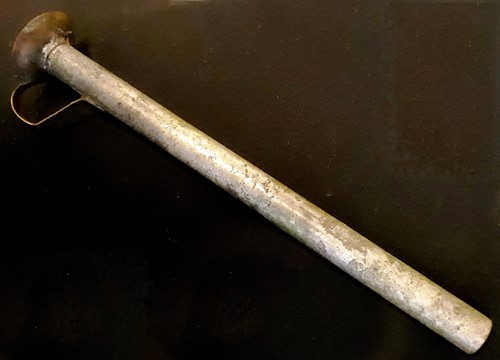Skogar Museum is open 362 days of the year
June - August: 09:00 - 18:00
September - May: 10:00 – 17:00


Skogar Museum is open 362 days of the year
June - August: 09:00 - 18:00
September - May: 10:00 – 17:00
Telephone +354 487 8845
Guided tours
Guided tours are available upon reservation in English, German and Icelandic. Sometimes there is the opportunity to have guided tours in French, Spanish, Norwegian and Danish.
Tour times are from opening time up to 1 hour before closing time.
For group reservations and guided tours please email booking@skogasafn.is or call +354 487 8845.